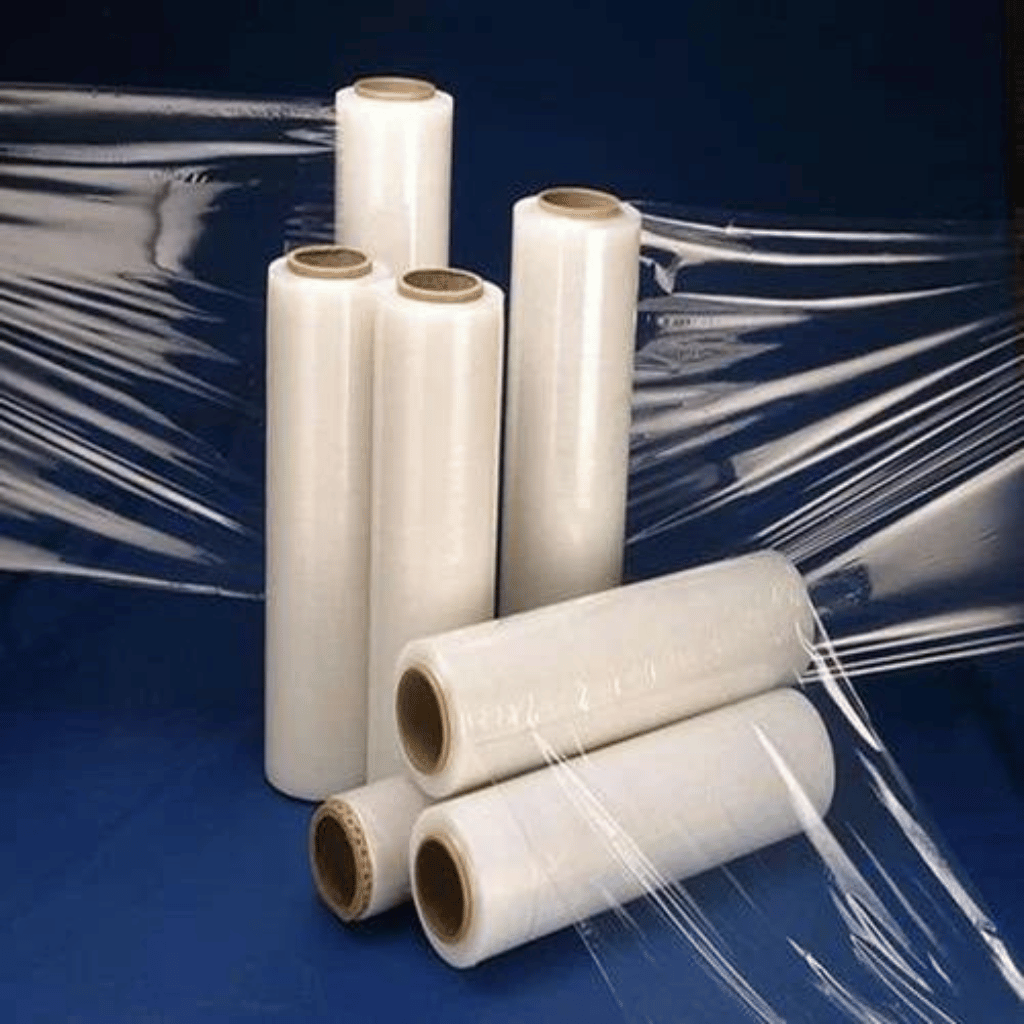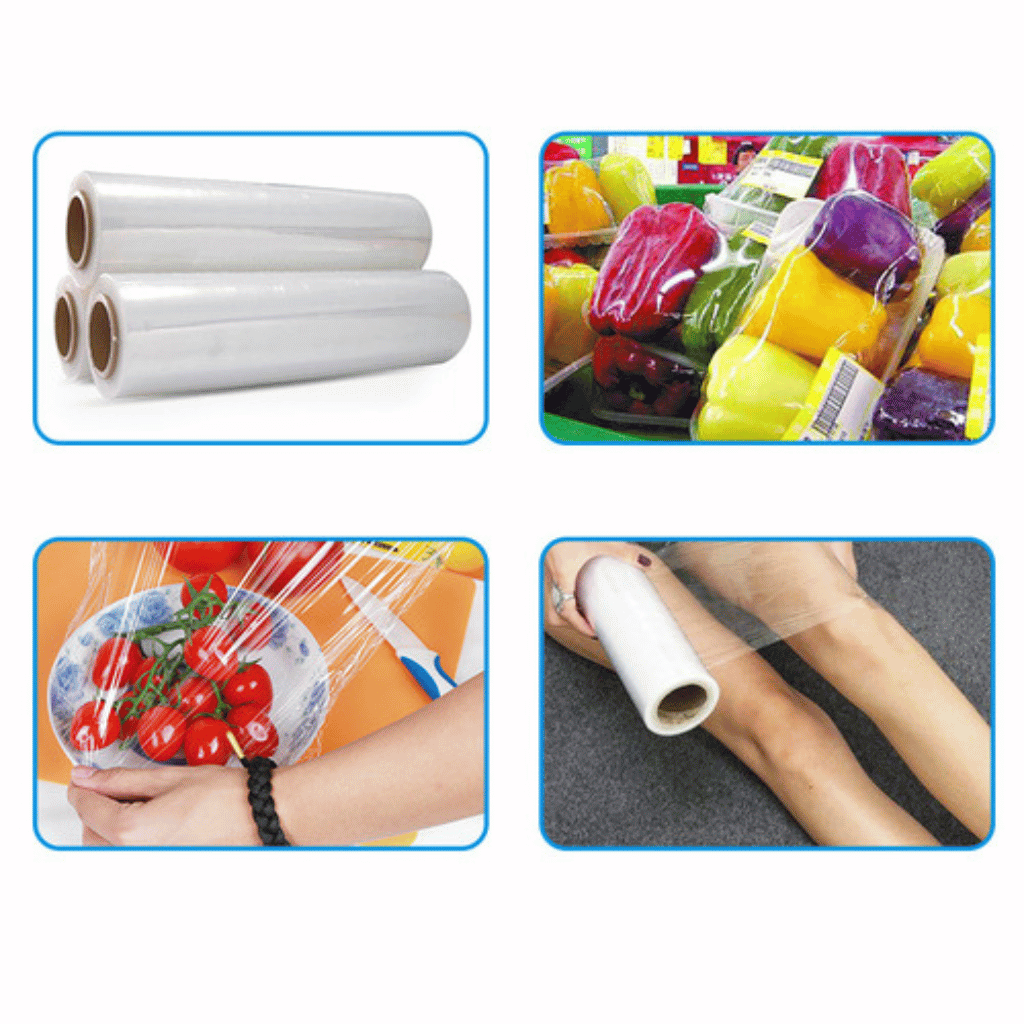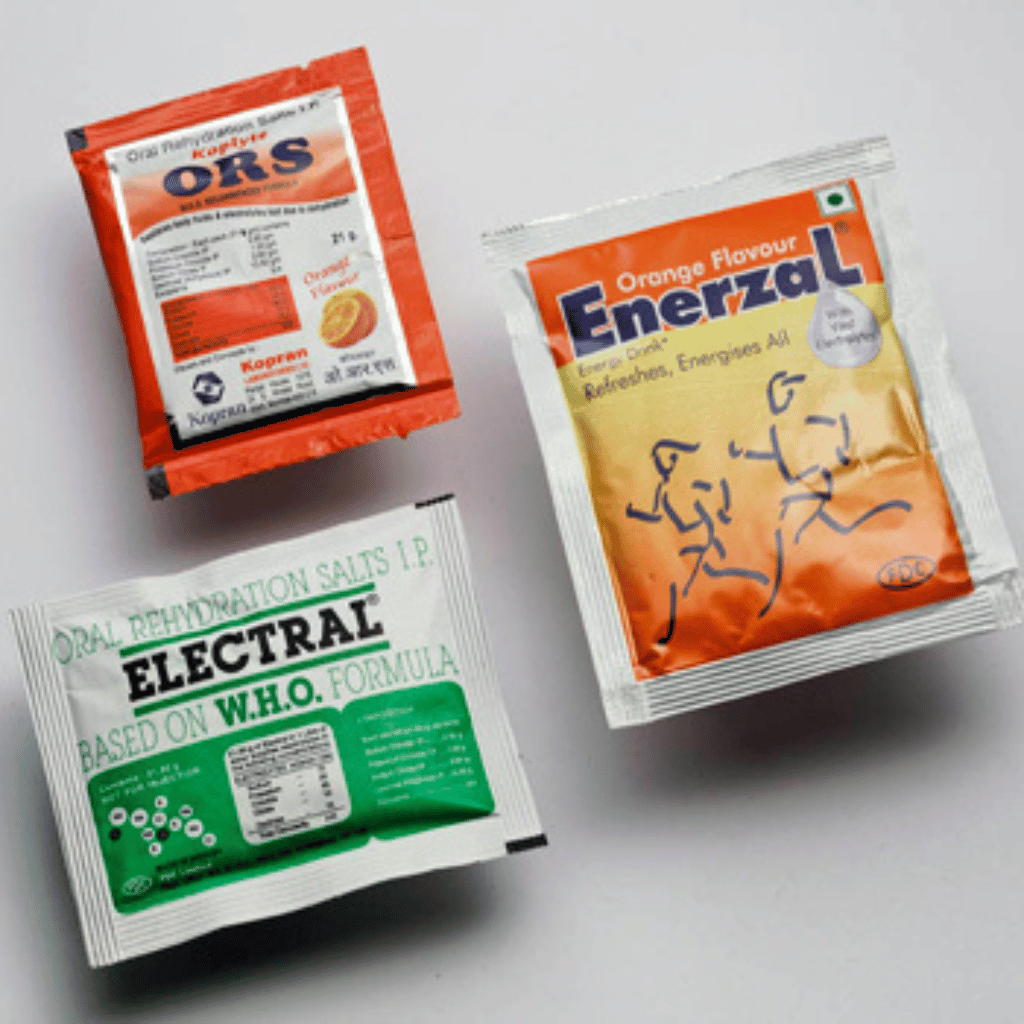Extrusion Lamination
Extrusion lamination is a process used to bond multiple layers of materials together using heat, pressure, and an extruded polymer as an adhesive. It involves coating a substrate with a molten polymer layer and then laminating it with another substrate, typically a flexible film or paper, to create a composite structure with enhanced properties.
Process: In extrusion lamination, a molten polymer is extruded onto one substrate, which is then combined with another substrate to form a strong bond under pressure.
Materials: Commonly used substrates include films, foils, papers, and nonwovens, while the polymer adhesive can be LDPE, PP, EVA, or other suitable materials.
Applications: Extrusion lamination is widely used in packaging, flexible packaging, labels, insulation, and construction materials to provide barrier properties, strength, and durability.
Advantages: Offers excellent adhesion between layers, moisture and oxygen barrier properties, resistance to punctures and tears, and thermal stability.
Process Efficiency: Enables high-speed processing, precise control over adhesive thickness, and versatility in laminating various substrates.
Environmental Considerations: Adapting to sustainability trends by incorporating recyclable materials, reducing waste, and using eco-friendly adhesives, contributing to environmental responsibility.
Extruison Lamination Products





